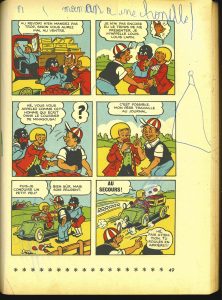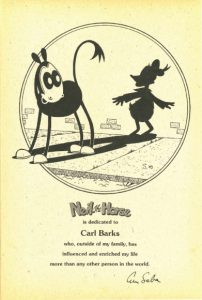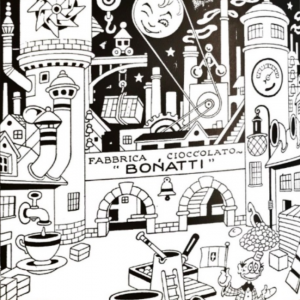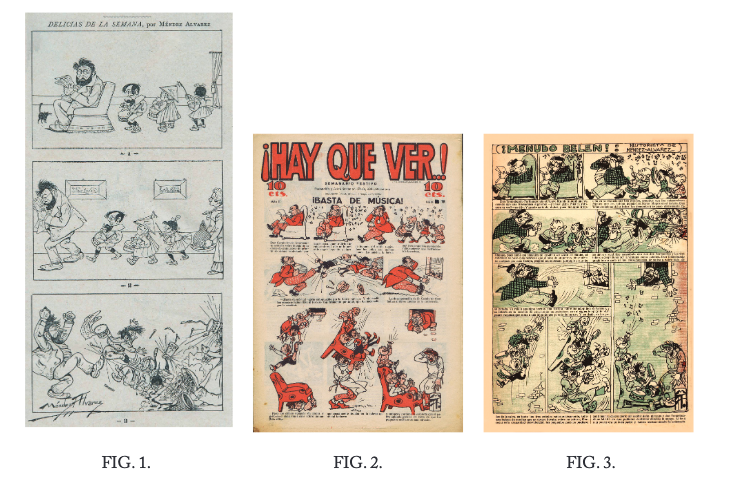Benoît Glaude has co-edited, alongside Blanche Delaborde and Pierre-Olivier Douphies, a special issue of the online journal Revue Textimage, a landmark title in the field of word-and-image studies. Titled “Espaces et formes du texte dans la bande dessinée”, the issue focuses on the spatial and visual display of text within comics productions. It brings together an array of scholars from different horizons, and joins research articles with interviews, reviews, and an artist’s contribution from Gabri Molist. Eva Van de Wiele contributes a piece on versified captions in Spanish comics and Benoît Crucifix on the uses and functions of a Futura typeface in Crockett Johnson’s Barnaby.
 New article by Benoît Crucifix in the latest issue of
New article by Benoît Crucifix in the latest issue of  New article
New article
